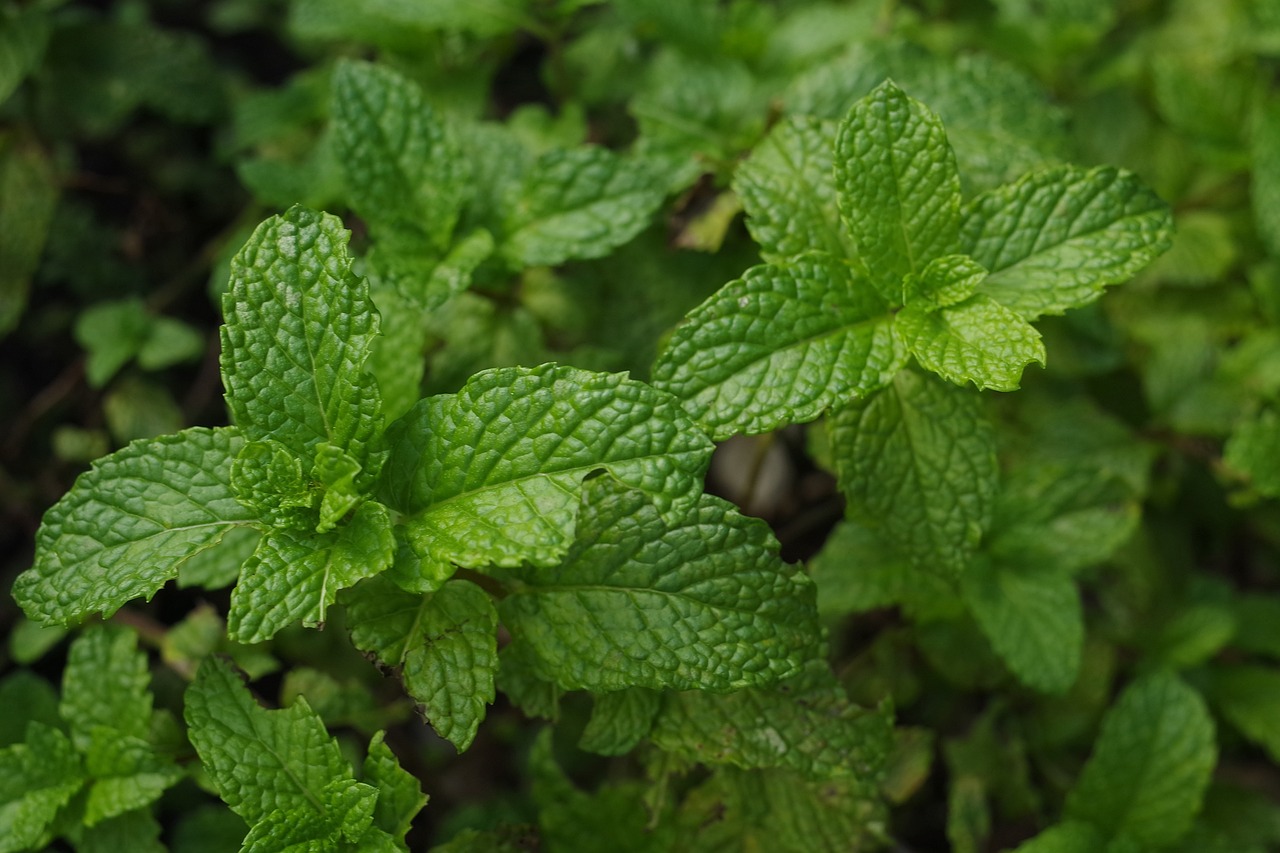Mint is one of those magical herbs that can make a cup of tea taste like comfort, turn a dessert into a masterpiece, and give your kitchen that irresistible fresh aroma. But when winter rolls in, especially in colder climates, this hardy yet misunderstood herb can suffer if left unprotected.
Here’s the good news — mint is a survivor. With the right care, you can help it not just endure winter but emerge in spring stronger and more flavorful than ever. Whether you grow it in the ground, in containers, or on your windowsill, mastering the art of overwintering mint means you’ll never have to start from scratch.
So, how exactly do you keep this fragrant green powerhouse alive when the frost hits? Let’s walk through the steps of overwintering mint like a true pro.

Why Overwinter Mint at All?
Mint is technically a perennial in most climates, meaning it can come back year after year. However, not all winters are created equal.
- In mild climates (zones 7–11), mint often survives outdoors without much help.
- In cold climates (zones 3–6), frost and freezing temperatures can kill off the top growth — or even the entire plant if it’s not protected.
Overwintering ensures:
- You keep your mature, well-established plant.
- You get faster growth in spring instead of starting from seed.
- You preserve the unique flavor of your chosen mint variety.
Step 1 — Decide Where Your Mint Will Spend the Winter
1. Leave It Outdoors (With Protection)
If your winter is relatively mild, your mint can stay outside. But give it a little armor against frost.
- Cut back stems to about 2–3 inches above the soil.
- Mulch heavily with straw, shredded leaves, or compost.
- Water before the ground freezes to prevent roots from drying out.
2. Bring It Indoors
If you face harsh winters, relocating your mint indoors can keep it actively growing.
- Dig up a healthy portion of the plant before the first frost.
- Pot it in fresh, well-draining soil.
- Place it in a sunny window where it gets at least 4–6 hours of light daily.
Step 2 — Prepare the Plant Before Winter Hits
Prune for Health
Cutting back your mint before winter helps it conserve energy. Remove old, woody stems and damaged leaves. This also reduces the chance of pests hitching a ride indoors.
Divide Overcrowded Clumps
Mint spreads aggressively. Dividing your plant every couple of years not only keeps it healthy but also gives you more plants to overwinter or gift to friends.
Step 3 — Control Watering During Dormancy
One of the biggest mistakes in overwintering mint is overwatering. In winter, growth slows, and the plant’s water needs drop significantly.
- For outdoor mint: Water only during prolonged dry spells.
- For indoor mint: Check the soil weekly. Water lightly when the top inch feels dry. Avoid letting roots sit in water.
Step 4 — Light and Temperature Needs
Outdoor Mint
Mint can tolerate some frost, but temperatures below 20°F (-6°C) can cause serious damage. Insulation from mulch helps, but in extremely cold areas, consider a cold frame or cloche.
Indoor Mint
- Aim for temperatures between 60–70°F (15–21°C).
- Place near a south-facing window or supplement with a grow light to prevent leggy, weak stems.
Step 5 — Watch for Pests Even in Winter
Winter doesn’t mean pest-free. Spider mites, aphids, and whiteflies can still attack your mint indoors.
- Inspect leaves weekly.
- Wipe them with a damp cloth or use insecticidal soap if needed.
Different Overwintering Methods for Different Situations
Method 1: Mulching in Place
Best for: Garden mint in climates with mild to moderate winters.
- Cut back stems.
- Apply 3–4 inches of mulch around the base.
- Let snow act as extra insulation if it’s common in your area.
Method 2: Pot and Bring Indoors
Best for: Harsh winters or those who want fresh mint all season.
- Choose a smaller section of your mint to pot up.
- Keep near a sunny window.
- Harvest lightly to avoid stressing the plant.
Method 3: Cold Frame Protection
Best for: Gardeners who want outdoor mint but with extra protection.
- Place a cold frame over your mint bed.
- Vent on sunny days to prevent overheating.
How to Revive Mint in Spring
When the danger of frost has passed:
- Gradually reintroduce indoor mint to outdoor light and temperature (hardening off).
- Remove mulch from outdoor mint to allow new growth to emerge.
- Feed with a balanced, all-purpose fertilizer to kickstart vigorous growth.
Troubleshooting Common Overwintering Problems
1. Yellowing Leaves Indoors
Likely cause: Overwatering or lack of light.
Solution: Water less and move to a brighter spot.
2. Wilting Outdoors in Winter
Likely cause: Roots drying out before ground freezes.
Solution: Water deeply in late fall before frost.
3. Weak, Leggy Growth Indoors
Likely cause: Insufficient light.
Solution: Add a grow light for 10–12 hours daily.
Extra Tips for Overwintering Mint Like a Pro
- Label Your Pots — If you grow multiple mint varieties, it’s easy to mix them up.
- Harvest Sparingly Indoors — Winter growth is slower; take only what you need.
- Rotate Pots — Indoor mint leans toward the light; rotating prevents lopsided growth.
- Use Fresh Soil — When bringing mint inside, refresh the potting mix to remove any lingering pests or diseases.
The Payoff
Overwintering mint isn’t just about keeping a plant alive — it’s about keeping the flavor of summer alive in your kitchen. With the right approach, you’ll be sipping fresh mint tea in January, garnishing your dishes in February, and seeing lush new shoots by March.
Mint rewards care with vigor. Once you learn how to help it through winter, you’ll wonder why you ever bought those overpriced grocery store sprigs.
